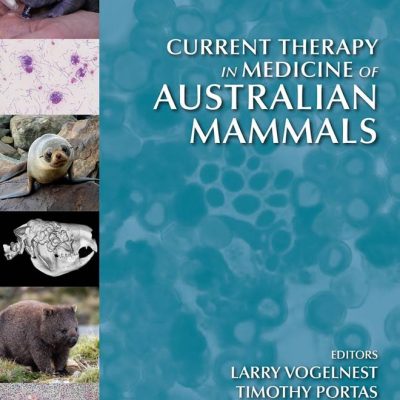
Inclusion Body Hepatitis Outbreaks in Australian Meat Breeder and Broiler Farms
by Penelope A. Steer and Amir H. Noormohammadi
April 2011

This report describes the development of new and improved diagnostic tools for the isolation and typing of fowl adenoviruses (FAdVs), and the investigation of outbreaks of inclusion body hepatitis (IBH) in Australian breeder and broiler flocks
IBH due to fowl adenovirus (FAdV) -8b in Australian broiler flocks is aimed to be controlled through the vaccination of broiler-breeder flocks with the live FAdV-8b vaccine and the control of immunosuppressive agents such as chicken anaemia virus (CAV) and infectious bursal disease virus (IBDV). Regardless, IBH outbreaks have been occurring in broiler flocks, which necessitates epidemiological investigations to determine the nature, extent, source and predisposing factors involved in these outbreaks.
Conventionally, diagnosis of IBH in Australia is made by histopathology, with further typing of FAdVs by virus microneutralisation, PCR together with DNA sequencing and/or restriction enzyme analysis. These assays however can be cumbersome and results often require extensive interpretation. This highlights the need for an accurate, rapid and robust diagnostic tool for FAdV typing.
The key findings of this project were:
• the development of a real-time PCR and HRM curve analysis technique for the genotyping of FAdVs involved in field cases of IBH, and the availability of this technique as a diagnostic test for the Australian poultry industry
• the establishment of conventional serotyping by the virus microneutralisation assay
• identification of the FAdV serotypes responsible for outbreaks of IBH in Australian broiler flocks, with no evidence of CAV or IBDV in association with any of these outbreaks.
The improved diagnostic testing for FAdVs developed in this study allows for a better understanding of the epidemiology of the disease, leading to the development of improved control measures. This in turn results in more efficient and profitable chicken meat production and improved animal welfare through better disease control.
This study provides evidence that IBH in Australian broiler flocks is a primary disease resulting from two alternative FAdV strains from different species groups. Consequently, protection against outbreaks of IBH in Australian broiler flocks may require a vaccine that incorporates FAdV serotypes 8b and 11. The use of an additional FAdV-11 vaccine, or a single dual serotype FAdV vaccine could be further investigated.
This report is an addition to RIRDC’s diverse range of over 2000 research publications and it forms part of our Chicken Meat R&D program, which aims to support increased sustainability and profitability in the chicken meat industry through focused research and development.
PDF 1.2 MB Password: vetbooks.ir Help Download





